Mira Schendel at Tate Modern
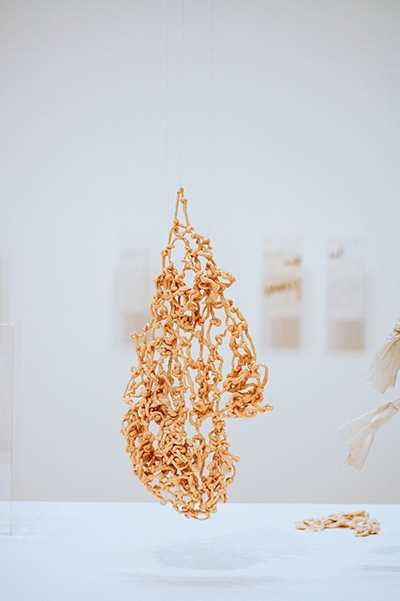
The Tate brings into focus a selection of over 270 works from modernist artist Mira Schendel (1919-1988), in the first exhibition of its kind outside her native Brazil, showcasing her influential career across almost four decades and works previously unseen by the public.
The comprehensive approach allows viewers to witness the artist’s creative evolution, from relatively reserved beginnings with flat canvas and commercial designs for magazines and cards, through to abstract typographical creations, sculpture, filled notebooks and cross medium designs. The viewer sees an artist who changes and grows throughout her career whilst maintaining a strong identity and personality across her work. Thematically, Schendel matures, exploring spirituality, ancient mythology and eastern philosophy, and always the gentle contrast between the organic and geometric.
Her early pieces seek to emphasise artwork as human creation. She fuses shapes formed from muted tones, with bold chalky lines and blocks of organically textured colour. As Schendel commented: “The sensory element of the brush stroke, the texture…. is very important.”
Typography too plays a large role. Graphic Objects (1967-68) is a visual transmutation of meaning: letters become symbols, as scattered poetry takes on abstract form. Other notable works are delicate knotted paper sculptures Droguinhas (Little Nothings) (1965-6) and Still Waves of Probability (1969) – contrasting a cloud of hanging threads with Biblical verse.
Minimal line sketches in Monotypes (1966) explore Schendel’s idea that “the line stimulates the void”. The exploration of the void is taken further with Little Train (1965) where rice paper sheets are hung on a thread across a wall, emphasising the visual space between the work and exhibition space. Designed to fall into a different configuration each time it is erected, the work explores transience and changeability.
Later works are bold yet introspective reflections of the artist’s experiences as a refugee in 1939. Chinese Landscapes (1980s) utilises heavy yet simplistic brush strokes to depict mountainous scenes, and typography plays a final role, with the letter “A” representing chains of running people. The contrast between the bold and imposing abstract landscape, and the fine, playful, delicate lettering, are a sensitive representation of the inconsequentiality of humanity in the face of world events. A final comment on mankind and nature juxtaposed.
The exhibition brings to public attention the influence of this little known artist’s work, which goes far beyond her native country, and is relevant here, both thematically and with regards to the European modernist movement.
Sarah Rayner
Photos: Monika Jørgesen
Mira Schendel is at Tate Modern until 19th January 2014. For further information or to book visit the gallery’s website here.
For further information about Mira Schendel visit her website here.

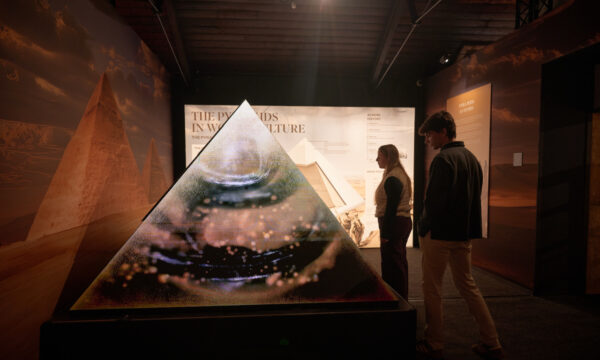
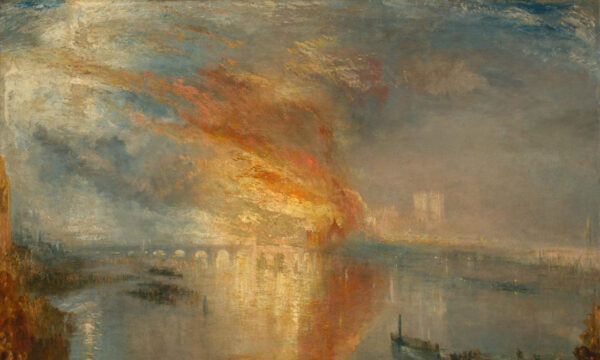
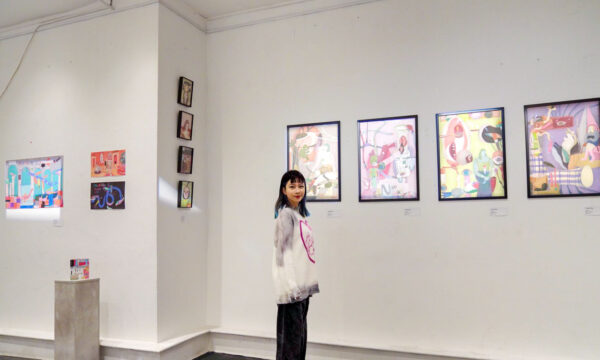
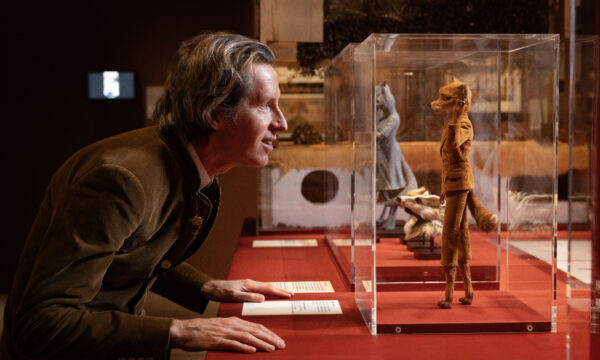
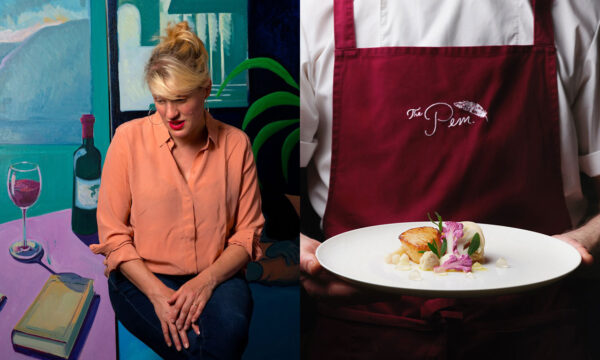
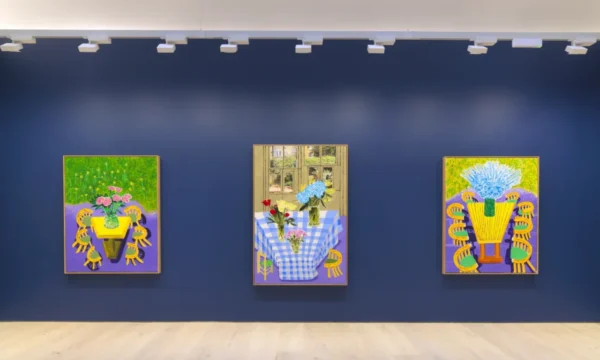
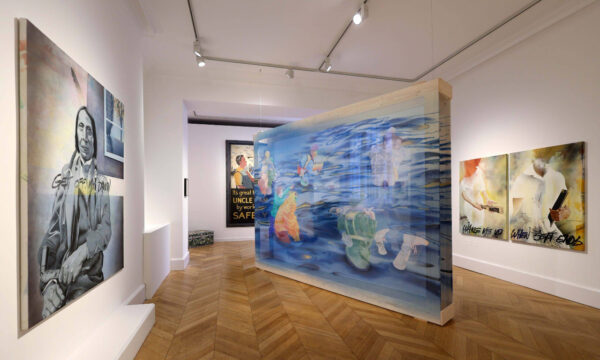
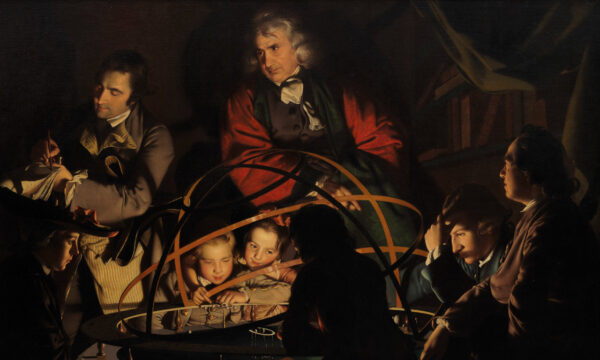
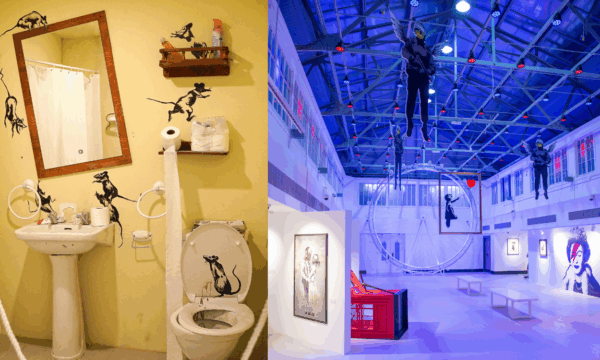

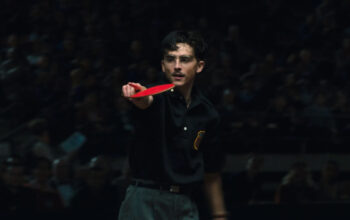






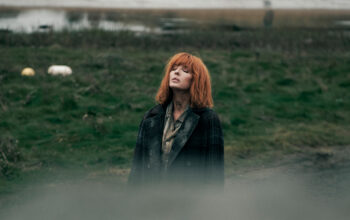



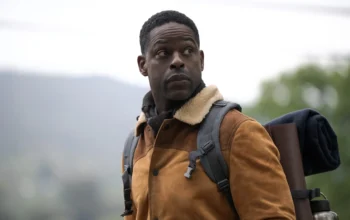

Facebook
Twitter
Instagram
YouTube
RSS